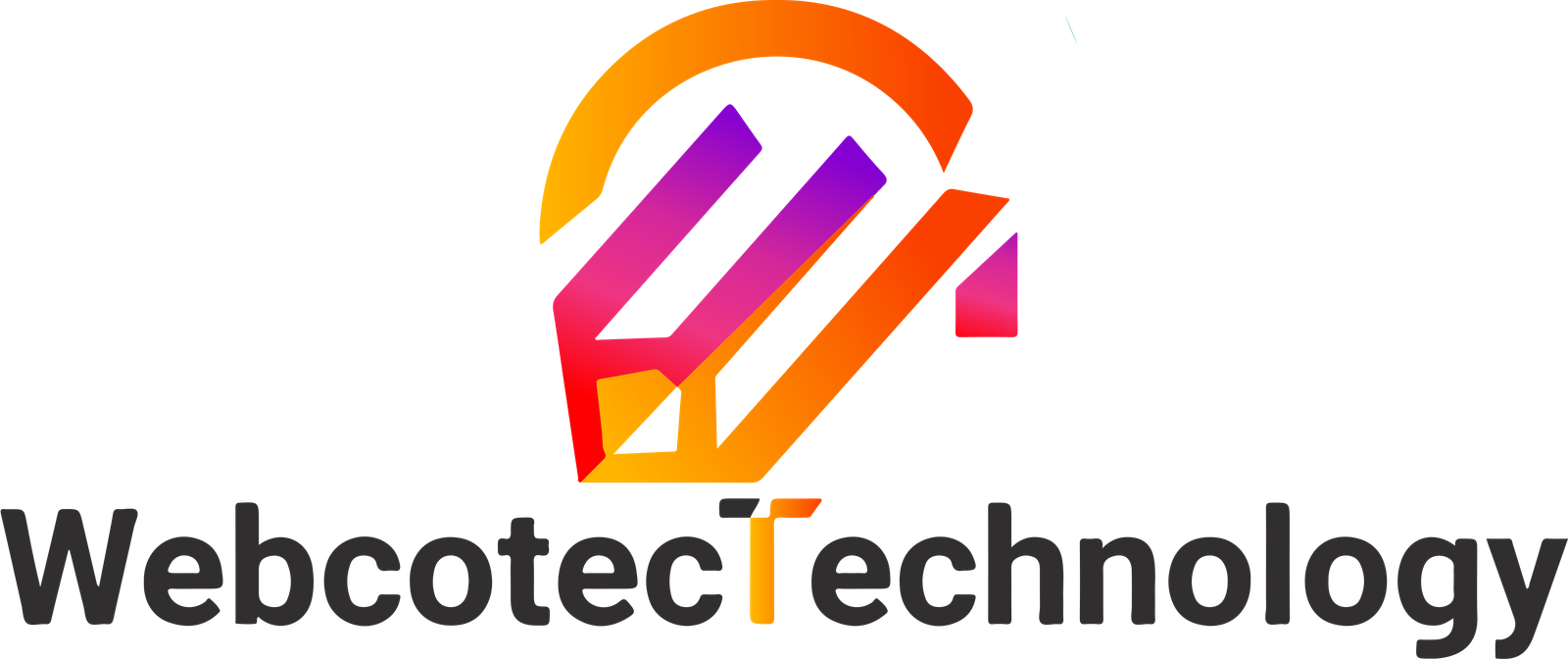1. What Is the Internet?
The Internet is a global network of interconnected computers and devices that communicate using standardized protocols. Think of it as a web of networks linked together to share data and resources.
2. Servers and Clients
- Servers store and serve data, such as websites, videos, or files.
- Clients are devices like smartphones, laptops, or tablets that request data from servers.
3. Protocols for Communication
- Devices on the Internet use rules called protocols to communicate:
- IP (Internet Protocol) assigns unique addresses to devices.
- TCP (Transmission Control Protocol) ensures reliable data transfer.
- HTTP/HTTPS handles web page requests.
4. DNS (Domain Name System)
DNS translates human-readable domain names (e.g., www.example.com) into IP addresses, enabling devices to locate and connect with each other.
5. Data Transmission
Data travels in small packets. Each packet contains a header (with source and destination information) and a payload (the actual data). These packets are routed across networks to reach their destination.
6. Role of ISPs and Data Centers
- ISPs (Internet Service Providers) connect homes and businesses to the Internet.
- Data Centers house servers storing vast amounts of data to ensure services are always available.
7. Physical Infrastructure
- Fiber optic cables for high-speed data transmission.
- Undersea cables to connect continents.
- Satellites to provide access in remote areas.
8. Wireless Connections
Wi-Fi and cellular networks connect devices locally or over long distances, offering flexibility and mobility.
9. Security and Encryption
Encryption protocols like HTTPS and SSL/TLS protect sensitive information, ensuring secure communication between devices.
10. The Future of the Internet
Emerging technologies such as 5G, Internet of Things (IoT), and the decentralized web are shaping the Internet’s future, making it faster, smarter, and more inclusive.





